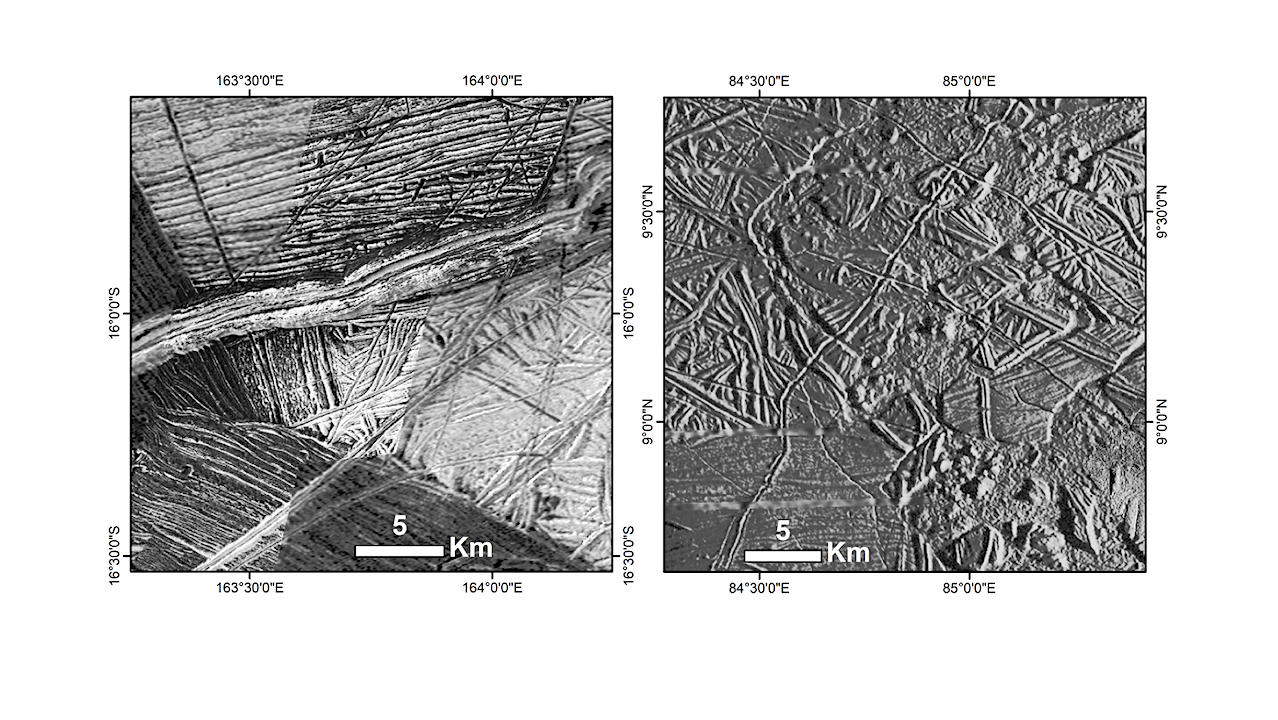Europa, one of Jupiter’s fascinating moons, captivates scientists with its mysterious surface. Recent research leverages spectral mixture modeling using laboratory-based near-infrared data to deeply analyze Europa’s composition. By employing advanced spectral deconvolution methods, researchers precisely identify the minerals and materials present on the moon’s icy exterior. This approach goes beyond traditional techniques, offering fresh insights into the physical and chemical properties of Europa’s surface.

Revolutionizing Compositional Analysis
Laboratory near-infrared data allows scientists to simulate and compare how light interacts with different surface materials. When combined with spectral mixture modeling, this data helps distinguish between pure and mixed substances. The findings reveal complex surface heterogeneity on Europa, likely caused by geological and chemical processes. These insights are vital for astrobiologists, as understanding Europa’s composition could unlock secrets about its potential to harbor life.
Looking Ahead
Continued research with these innovative modeling techniques will refine our understanding of Europa and guide future exploration missions. As technology improves, scientists hope to uncover more about the moon’s intriguing surface and its potential for supporting life.
Sources:
Source
















